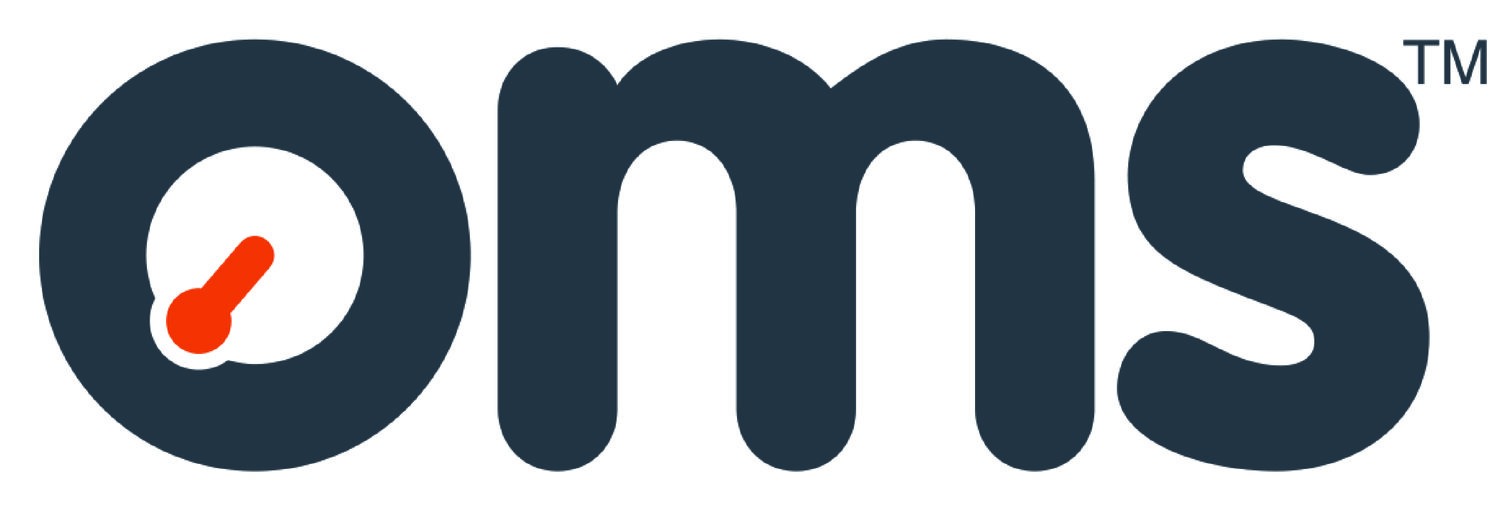Storm under Sloane Square
Written by Tim Clarke FInstPhys
At the end of the 80’s, I somehow found myself in a tunnel beneath Sloane Square kitted up in an overall and a harness having descended from one world into another. What I could see was amazing, a huge cavernous brick pipe with a path running alongside a channel with water running along it. This was part of London's extensive underworld - a Storm Relief Sewer. Given the name, the smell was not altogether unpleasant. So, why was a mature 30 something PhD student not sitting at his desk cranking out the 70,000 words of his thesis? The answer would be the same as for asking why I was a key player in a Gillette court case in New York or playing a role in a dispute over who had won the biggest outdoor sporting event in the world. The explanation was a deep-seated need to make your work relevant to others. It took ten years as an academic and £1m of funding to help me realise that the best place for me to achieve my aim would be beyond the University environment and in business on my own account. Anyway, back to Sloane Square...
I had inherited a project area from some colleagues when I started my PhD. They had almost created a business in the Civil Engineering department in conjunction with Physics where they would take a laser beam, spin it very fast and take a picture of the resulting line from a distance. This was all very exotic stuff at the time as lasers were heavy and bulky items requiring high voltage power supplies. My colleagues had realised that by illuminating a cross section in this way and taking a picture with a very high resolution camera, they could measure the shape of structures such as railway tunnels, canals and lift shafts of tin mines. As a result, they had surveyed disused tunnels under Kings Cross, a canal tunnel in Leek, Staffordshire, and a tin mine in Cornwall. Being a recently qualified Physicist with an interest in optics, electronics and computing, I decided to see if I could carry out this labour intensive and off-line process automatically. By November 1987 I had my first prototype and was happily measuring the shape of corridors. By the late 80's I was looking for bigger and better challenges, hence the boiler suit and the sewer.
Thames Water had a need for the kind of surveying I was promising so they funded me to the tune of £10,000. I built a prototype device which would be capable of doing this job. I suspect you might be trying to envisage exactly what the information could possibly be used for, so I will explain. Kings Cross was surveyed to work out whether an existing tunnel would obstruct a new tunnel that was being dug out. The canal inspection was to check the infrastructure was sound (for example no local or global deformation, no missing bricks) for before returning it to use. The lift shaft was to determine that the rails for the lift were perfectly vertical in order to avoid any danger of the lift going off its rails or causing the passengers discomfort. In the case of Sloane Square, there was a need to dig up part of the tunnel and to quickly put a new pre-made concrete roof on the tunnel. Measuring the tunnel would enable the insert to be made to the correct size ready for insertion, thus cutting down on traffic problems in that area and helping to make the operation run smoothly.
The end result of my PhD research project was as follows. A tool mounted on a conventional tripod which was operated by battery with an industrial computer in a box with a flat screen monitor. A little understanding of the timeline for monitors would help you to realise how unusual this was. It illustrated the hurdles you had to overcome at that time in order to create something fit for purpose. I did not want the high voltage cathode ray tube that would be potentially dangerous in a tunnel. To get around this I bought a flat screen monochrome display which I had to put in a case myself. I wanted to operate the screen by touch, but eventually opted for just a keypad. My entire software for the system operated from a numeric pad with 16 keys. Forget about using a mouse or having a graphical user interface as they were still in their infancy.
Another technical advance that presented a hurdle to my portable device was the computer interfacing. It was not possible to control anything without building your own interface boards. Yet another area was the need for a laser pointer. The old technology was a large high voltage gas laser. In order to have a lightweight laser device, I had to purchase laser diodes at £250 pounds each which were very electronically sensitive and quite often blew up before I could use them. I had to build my own electronic driver circuitry and the laser itself was only just visible to the human eye. In short, nothing was easy and a lot of time was spent on non-essential things. However, in the end, the prototype worked and was demonstrated to Thames Water in their offices, but not underground in Sloane Square. It led almost immediately to a prototype for sewers produced two years later for North West Water and a totally revised device for Thames Water that was used by them for 12 months in 1997. The developments and experience formed the basis for Optical Metrology Services to be formed and the multi million pound business that now exists.
So when you are sitting in the Colbert on the corner of Sloane Square with the locals and celebs passing by, perhaps spare a thought for the lessons learned from the world beneath your feet.


